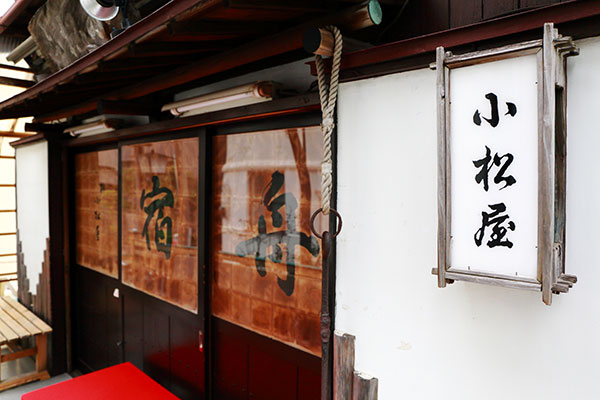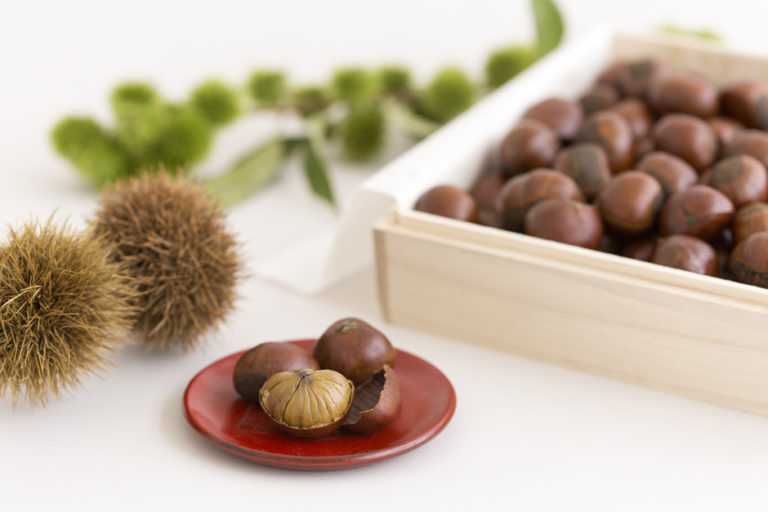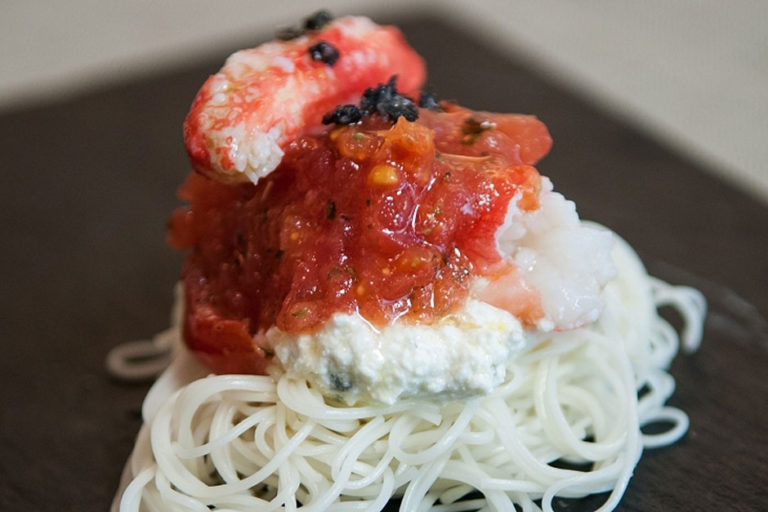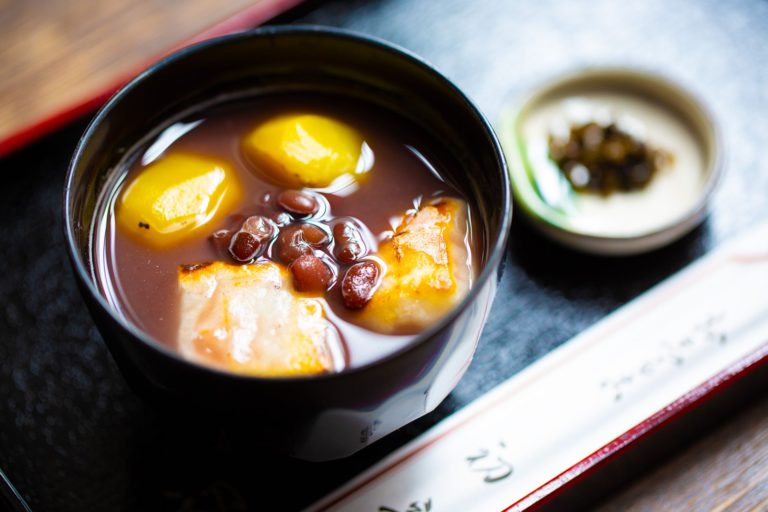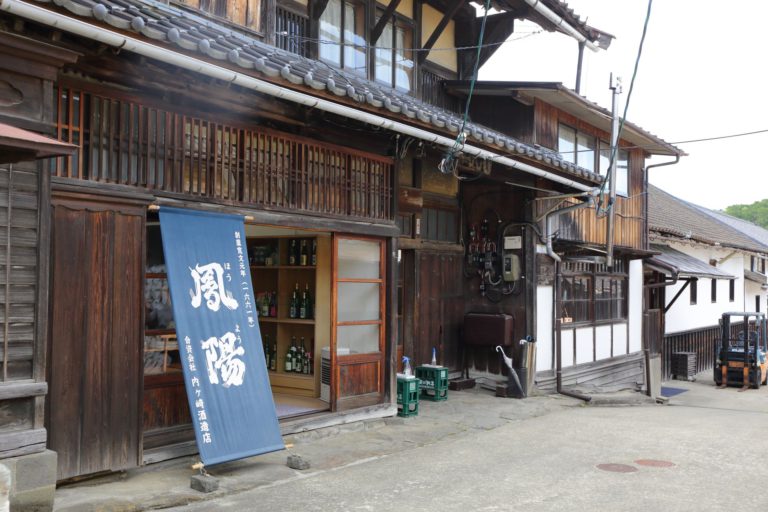From Aristocrats to Commoners: Yakatabune Boats with Edo-style Tempura
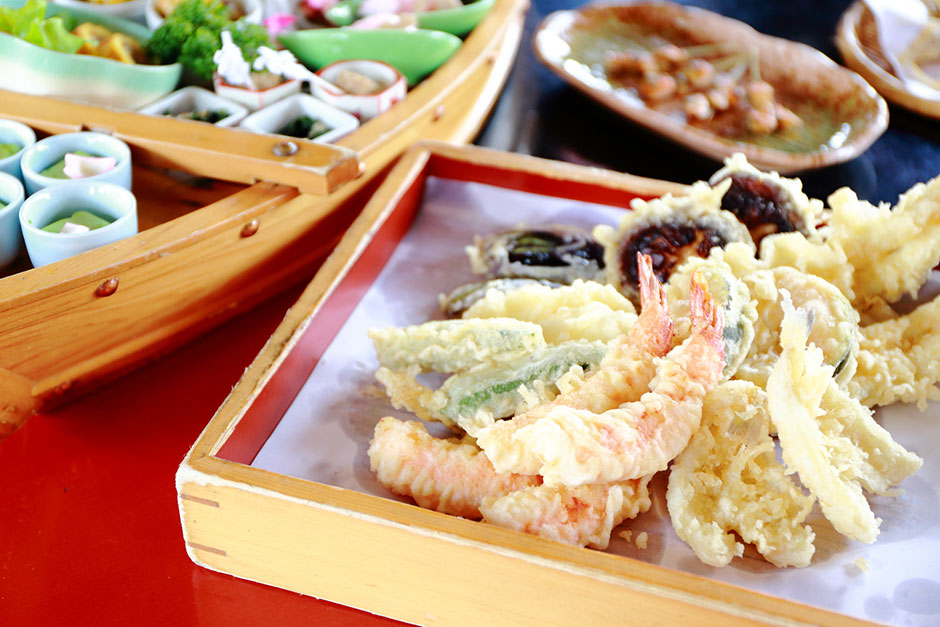
Yakatabune originated from upper class boating
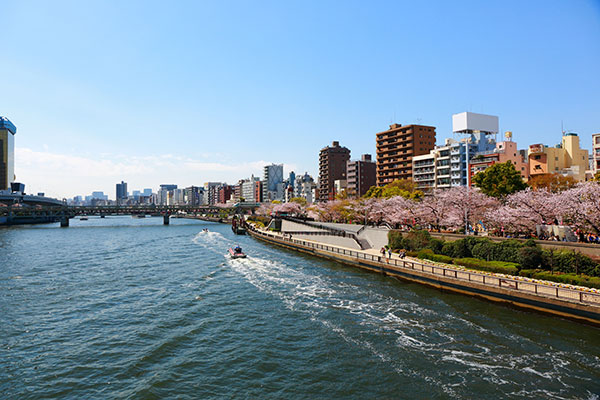
Just like aristocrats of the Heian Period (792-1185) who enjoyed boating, the warrior class and rich merchants of the Edo Period began owning yakatabune boats to enjoy boating. At first boating was strictly something only the upper class engaged in, but the style-oriented Edoites were quick to catch up. Ordinary people started enjoying boating, in small, roofed boats to view the changing sceneries of the four seasons. In no time, boat companies began to own yakatabune boats, whose cruises eventually developed into today’s cruising style.
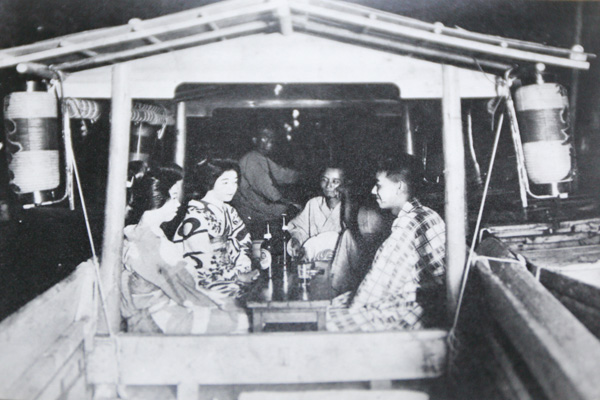
In the Meiji Period (1868-1912), the Yanagibashi District boomed with high-end restaurant and geisha quarters, establishing itself as a huge night spot almost on the same level as Shinbashi. Guests of the restaurants boarded yakatabune boats with a bevy of geisha women. During this period, many such yakatabune boats are said to have travelled up and down the Sumida and Kanda Rivers.
“In the early Showa period, the area between Yanagibashi and Kuramaebashi is said to have been very picturesque with restaurants of traditional Japanese architecture lining both sides. In those days, these high-end restaurants were the ones that put boat companies and restaurant guests in contact with each other. The restaurants contacted boat companies and the companies then delivered the boats to the jetty by the restaurant to wait for the guests,”
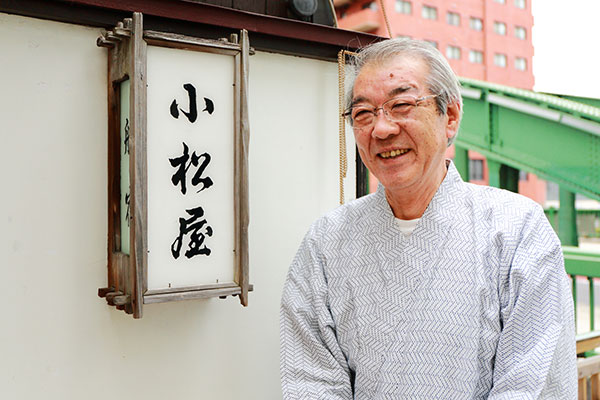
says Tsutomu Sato, the fourth-generation successor of boat company Funayado Komatsuya. Komatsuya started a yakatabune boating business in 1927 in Yanagibashi. The company is a living witness of the changing times from the Showa period to today.
The esteemed boat company set the standard of yakatabune business paired with tempura
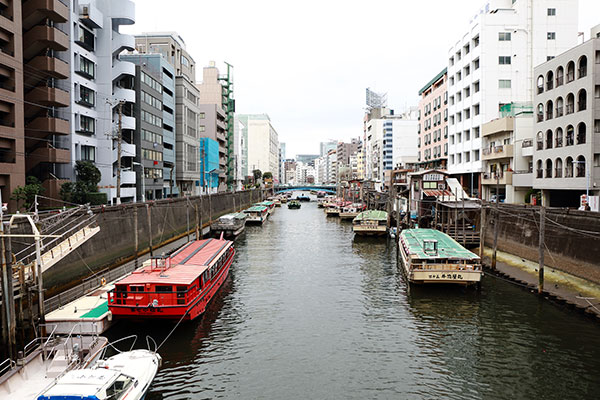
The booming high-end restaurant and boating businesses began to decline in the mid-50s. One of the reasons was that dikes were built on both sides of the Sumida River to prevent flooding.
“The high dikes blocked the riverside view. For the restaurants, the view was their selling point, so it was a huge blow. Obviously, it affected the boat business as well. To make matters worse, Japan was in the middle of an economic boom. Contaminated with wastewater from factories, the river smelled awful. It wasn’t fit for boating.”
With these things happening, boat companies in Yanagibashi including Komatsuya had to suspend their business or take passengers fishing in Tokyo Bay, abandoning the river. It was in 1977, nearly 10 years later, that Komatsuya finally managed to resume business. The water quality of the river had improved and Komatsuya’s old restaurant clients strongly wanted Komatsuya to operate again.
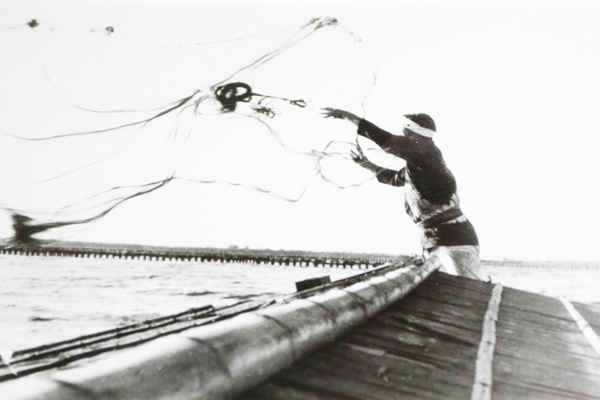
In 1980, Komatsuya launched wooden yakatabune boats. It goes to show Komatsuya’s passion for tradition, because the boats were made with special wood from the Sanbu District in Chiba Prefecture, carefully chosen by experienced loggers and crafted with the traditional Japanese boat-building techniques. Komatsuya’s resolve in resuming its business is also seen in the dishes they serve on the boat.
“We used to cast a fishing net from the boat and caught sand borers, flathead grey mullets and black sea breams. We made tempura with them on the spot. Sometimes we would take broth from the fish bones to make the sauce for the tempura. We still fry tempura on the boat. Today’s association between yakatabune boats and tempura come from these times of cast net fishing,” says Sato.
The times may have changed, but Edoites or modern people like us, everyone loves freshly cooked food. It would be great fun to enjoy freshly cooked hot tempura and think about the Sumida River of the past times.
Going on a Sumida River cruise in a red yakatabune boat
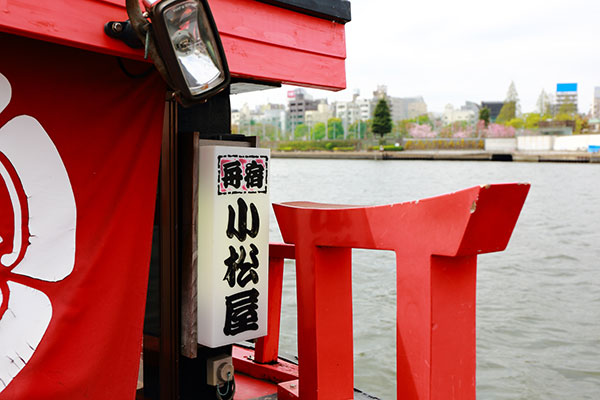
In early April, 16 of us, both who had and had not experienced riding a yakatabune boat, went aboard a yakatabune cruise. Our boat was the 8th Komatsumaru, with eye-catching red paint. With a maximum capacity of 69 passengers, the boat is Komatsuya’s primary boat. Inside, it is lined with tatami mats so that passengers can relax.
The roundtrip “Bokutei cherry blossom viewing course” takes two and a half hours, departing from Yanagibashi, sailing on the Sumida River and coming back to Yanagibashi via a few bridges like Azumabashi, Kototoibashi and Sakurabashi bridges. There are cherry trees in several spots on both sides of the Sumida River, which become the best cherry blossom viewing spots during the cherry blossom season.
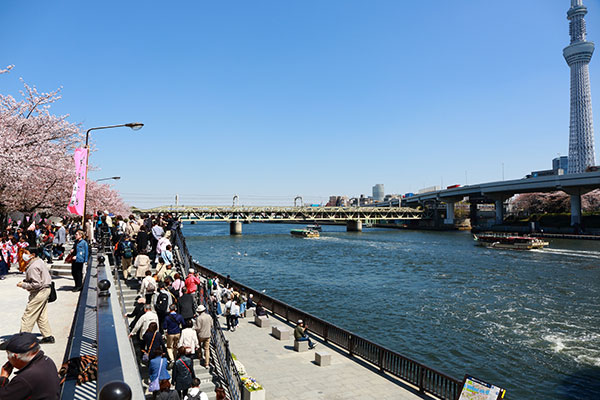
According to Komatsuya’s proprietress Junko Sato, “You can enjoy yakatabune boats in many ways. In the spring you can enjoy the cherry blossoms. In the summer you can go over to Odaiba for cool evenings or enjoy the fireworks festival of the Sumida River. In the fall you can enjoy the full moon, and in the winter, end-of-year and New Year’s parties. There are different ways to enjoy yakatabune boats each season.”
Professionally prepared Edo-style tempura served on the boat
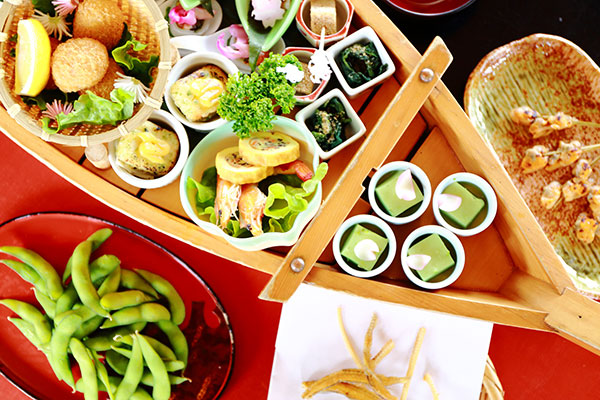
The scenery from the boat is spectacular, but the dishes served on the boat are not to be forgotten. First, we were served colorful Japanese appetizers. The cooked prawns in armor, egg rolls, and bamboo salad are what are generally called Edo cuisine. Junko wanted to serve appetizers that had some links to Edo cuisine. The appetizers made the table very appealing.
About 30 minutes after we departed from Yanagibashi, the boat stopped at a spot with the Sky Tree television broadcasting tower rising over us.Next, we were served Edo-style tempura, which was the main dish of the evening. First, we were served sea eel tempura that was nearly 20 centimeters long. Voices of excitement were heard everywhere from each table. Komatsuya must have heard these excited voices for many decades.
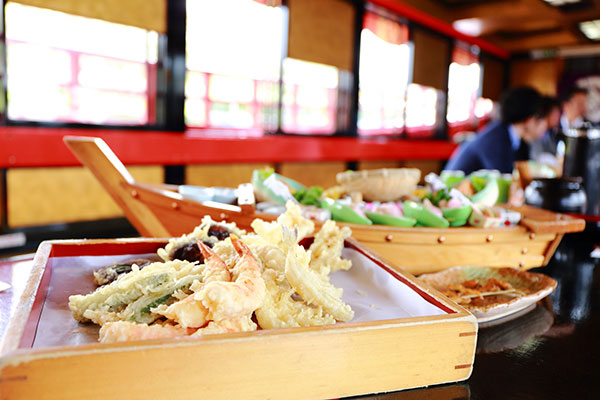
The chef in the kitchen on board the boat is Toshiaki Oya, who is also the boatman. He has been in this business for over 20 years and witnessed the economic bubble as well. Sticking to tradition, he is serving as both the chef and the boatman.
“Preparing the tempura is one of the boatman’s responsibilities. Nowadays there are fewer boatmen who can do that. I try to use fish from Tokyo Bay as much as possible. I also pay attention to how I blend the cooking oil and batter,” says Oya.
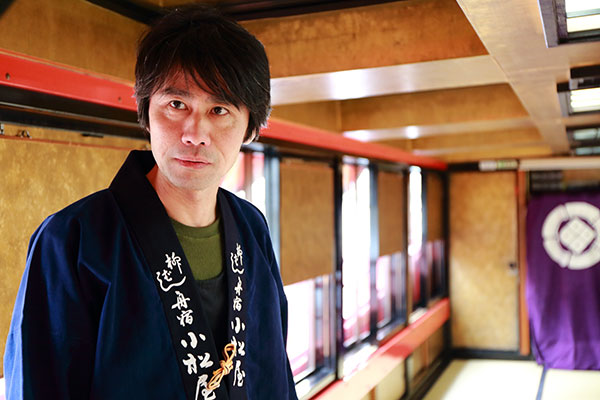
Over the next 30 minutes or so, we were served tempura after tempura, with sea eels, sand borers, calamari, prawns, and three kinds of vegetables…. Every piece of tempura was freshly fried, with pleasantly crispy batter. For a time, Komatsuya operated as a tempura restaurant when it was taking time off from the boating business. Their know-how of tempura is still intact, after their boating operation resumed.
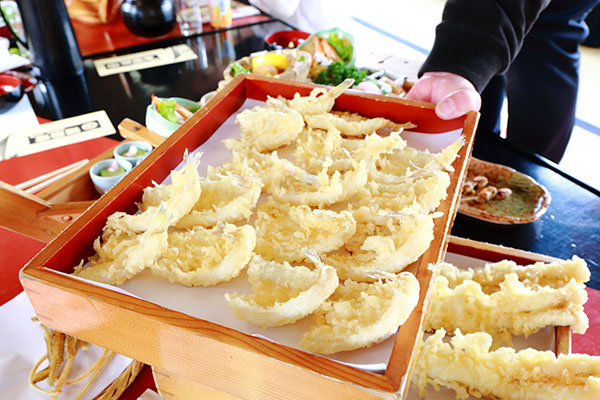
About two hours after departing, the boat headed back to Yanagibashi where the cruise had started, bringing our boating journey close to the end. The drinking and eating are climaxing. Feeling full with the Edo-style tempura, the passengers enjoyed the last moments of the journey, cradled by the small waves that rocked the boat.
he four seasons’ scenery is undoubtedly the luxury of yakatabune boats, but the dishes served in the boat are also the important part of it. It is the resolve of boat companies, including Komatsuya, that support the pleasure of boating, which started as a hobby for aristocrats and transitioned to an activity that ordinary people engage in.
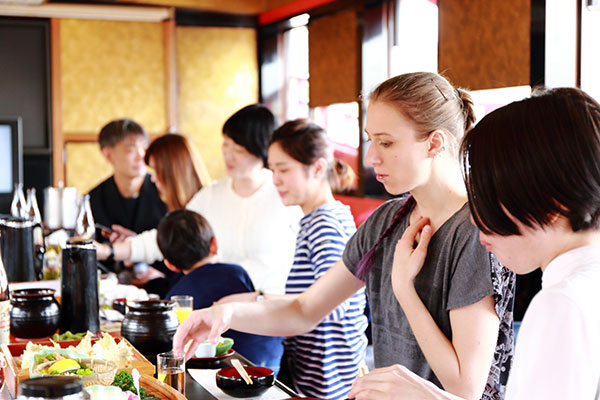
A foreign journalist accompanied us on this tour and published an article on the tour on a Japan tourism website for overseas tourists DiGJAPAN!
DiGJAPAN! Yakatabune boating
https://digjapan.travel/en/blog/id=12088

